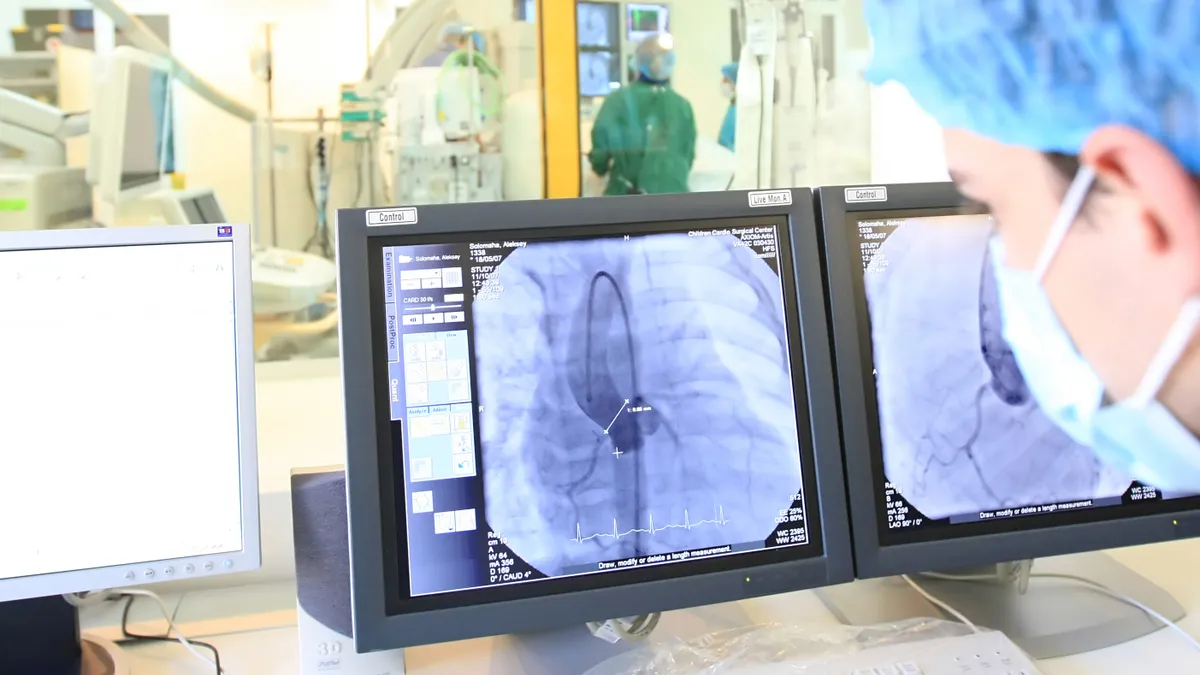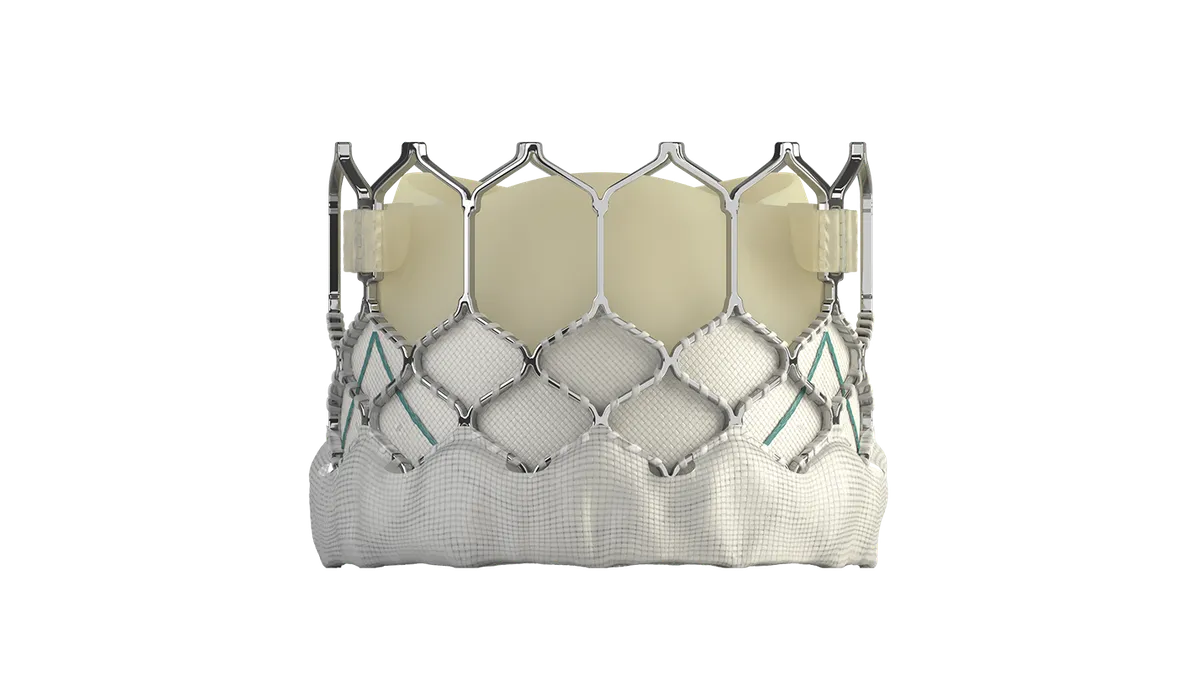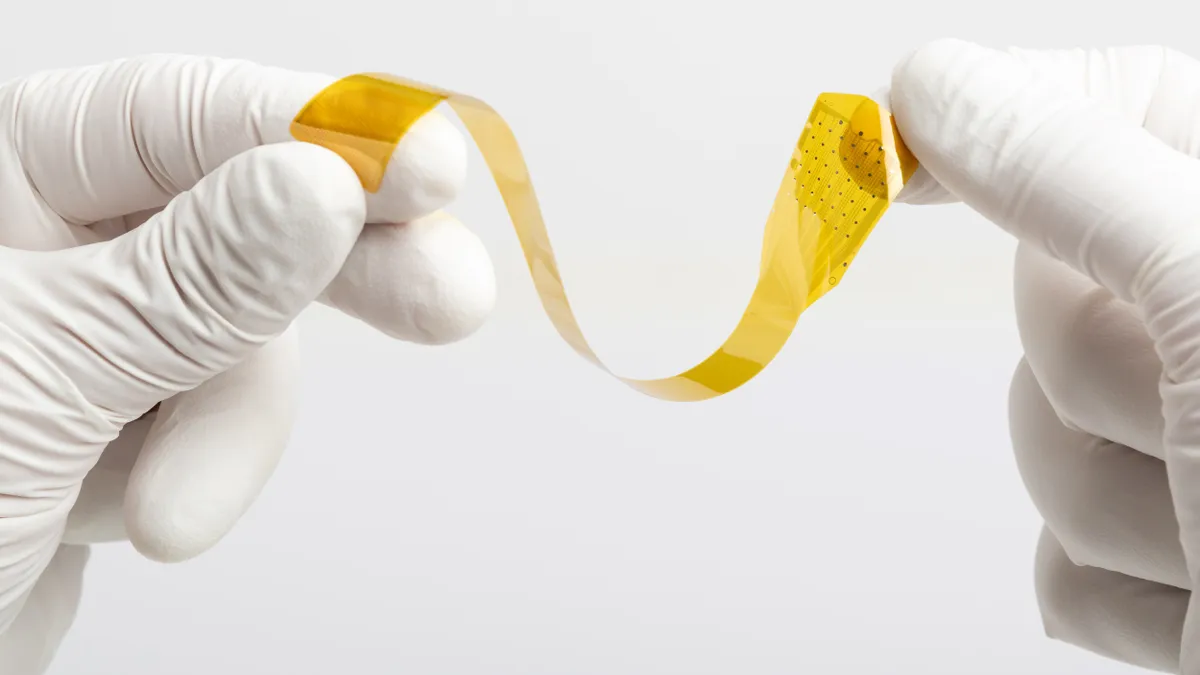FDA is revamping its medtech approval processes, from the De Novo to various 510(k) pathways, in what the agency touts as among the biggest changes in the decades since it began reviewing devices.
The effort remains a work in progress and industry has pushed back against some changes. Still, outgoing Commissioner Scott Gottlieb wins plaudits from some for trying.
"I do think this commissioner is trying to spur development by trying to think outside the box," Alan Minsk, leader of the Food and Drug Practice Team at Arnall Golden Gregory told MedTech Dive.
"And I think outside the box in this case is trying to clarify certain things, be a little more transparent … [and] clear about what the agency’s expectations would be."
While Gottlieb recently announced he will step down in a few weeks, movement on the devices front is largely expected to remain on track.
Here's a roundup of the current regulatory framework and what's potentially changing.
510(K)
The traditional premarket notification, or 510(k), requires showing "substantial equivalence" to products already on the market. The Special 510(k) and Abbreviated 510(k) exist within this category.
The vast majority of current products on the market go through this process, arguably the least onerous path for medical devices in the U.S. to gain marketing authorization. The pathway has critics, including the authors behind a 2011 Institute of Medicine report who called for scrapping it altogether.
The IoM's concerns centered on the fact that FDA does not require evidence of safety and effectiveness for new devices that rely on predicates to gain market clearance. Noting that predicates that preceded the 1976 Medical Device Amendments were “never systematically assessed for safety and effectiveness,” the committee concluded the 510(k) process “lacks the legal basis to be a reliable premarket screen of the safety and effectiveness of moderate-risk devices.”
Rather than try to improve a “flawed” pathway, the committee recommended FDA focus its resources on “developing an integrated premarket and postmarket regulatory framework that provides a reasonable assurance of safety and effectiveness throughout the device life cycle.”
That never happened, but the 510(k) process has come under a spotlight in the past year in a Netflix documentary and multiple investigative reports.
Recent examples of 510(k)-cleared devices include Philip’s DigitalDiagnost C90 camera-guided radiography system, the RightEye eye-tracking system and Zimmer Biomet’s Rosa system for robotically assisted total knee replacement surgeries.
Proposed changes: In November, the agency floated the idea of limiting manufacturers’ reliance on predicate devices older than 10 years, driving sponsors to develop products with more up-to-date technological advances.
The FDA is seeking formal feedback on the use of older predicates though it may be back-tracking from the 10-year window, which some called arbitrary.
According to FDA, 3,173 devices were cleared via the 510(k) pathway in 2017, or 82% of all devices that got a thumbs up that year. Of those, about a fifth are based on predicate devices older than 10 years, Gottlieb and Center for Devices and Radiological Health Director Jeff Shuren said when they outlined the idea in November.
Abbreviated 510(k)
Final guidance in January outlined plans to spur use of the soon-to-be rebranded Abbreviated 510(k) program, which aims to allow companies to demonstrate substantial equivalence to a predicate device based on data showing the new device performs at the same level as a predicate rather than a review of data from direct comparison testing of the two devices.
The final guide expands the concept by establishing a new Safety and Performance Based Pathway available to sponsors of devices that "rely entirely" on performance criteria identified through FDA guidance.
Companies can also opt for an Abbreviated 510(k) if there is FDA guidance or a recognized consensus standard on the device type, or if a special control has been established.
This pathway is most useful for device types that evolve slowly, which are the same ones that rely on older predicates.
"For device types that evolve quickly, it is easy for standards to fall into obsolescence unless a great deal of time and resources are focused on updating them," Jeffrey Gibbs, Jeffrey Shapiro and Allyson Mullen, of Hyman Phelps & McNamara, wrote in the FDA Law Blog. "It is these device types where newer predicates tend to be cited anyway, because they will be closest to the newest iterations of the technology."
Special 510(k)
The Special 510(k) is meant for previously cleared devices that require a new 510(k) for certain modifications. If the changes don’t alter the device’s intended use or basic scientific technology, then sponsors can submit just a summary of results from the design control process. The agency aims to review these submissions within 30 days, a quicker route than the MDUFA 90-day review goal for standard 510(k)s.
In a September draft guidance, FDA proposed adding design and labeling changes to the list of modifications that are eligible for the shortened regulatory pathway. The change could increase use of the special 510(k) pathway by making it available for a wider range of changes.
De Novo
De Novo clearances, which allow manufacturers of novel devices to circumvent the premarket approval process by petitioning the agency for a risk-based classification into Class I or Class II, were awarded to 44 products in 2018, according to an FDA database, up from 31 in 2017.
Examples include the interoperable Tandem Diabetes Care t:slim X2 insulin pump, which works with a variety of automated insulin systems, continuous glucose monitors and other diabetes management products, and Ansh Labs’ PicoAMH Elisa menopausal status test. Also just cleared via the De Novo pathway is Saranas’ Early Bird Bleed Monitoring System for real-time bleed detection in endovascular procedures.
Proposed changes: In December, the agency issued a proposed rule clarifying the minimum content criteria and review procedures sponsors and regulators would need to meet when classifying devices through the De Novo premarket approval pathway.
For example, the proposed rule describes the form and manner of submission, rejection or withdrawal of a De Novo request, as well as FDA’s review process for De Novos. It also clarifies how novel devices may secure Class I or Class II marketing authorization, rather than being automatically designated as Class III. And it clarifies that a De Novo request may be filed with or without having previously submitted a 510(k) application.
PMA
Sponsors of novel Class III devices, those with the highest risk, must file a premarket approval or PMA application, including data from both nonclinical and clinical studies showing the device is safe and effective for its intended use.
Recent FDA approvals include OPKO Diagnostics’ Sangia Total PSA Test for point-of-care prostate cancer screening and Teleflex’s Manta device for sealing femoral punctures following vascular access procedures and for speeding wound healing.
Proposed changes: In December, FDA published final guidance aimed at clarifying the appropriate PMA application supplement reporting pathway when manufacturers make changes to the manufacturing site of a previously approved device. The guidance also details the required contents of a PMA site change supplement and what FDA will consider in deciding whether to conduct an inspection prior to approval of a site change supplement.
HDE
A Humanitarian Device Exemption is available to manufacturers of devices that diagnose or treat conditions affecting fewer than 8,000 people. To use this pathway, sponsors must establish that no similar device exists and that there is no other way to bring the device to market. Sponsors are only allowed to sell their humanitarian use device for profit, however, under two conditions: if it is meant to diagnose or treat a disease or condition that occurs children or a pediatric subpopulation and is labeled as such; or it occurs in adults only or in so few children as to prohibit development.
An example of a device approved via the HDE pathway is Biotronik’s PK Papyrus System, a stent to repair tears in the coronary artery that may occur during procedures to clear blockages.
Predicate pushback
While most believe FDA’s intentions for modernizing the 510(k) program are good, support for limiting use of older predicates appears thin.
"The FD&C Act does not specify a time limit on predicate devices, implying all predicates are appropriate," William Coulston, who works in quality and regulatory affairs at biomedical materials and devices company Rochal Industries, wrote about the concept.
"The proposed list would create de facto segregation of cleared devices which could be deleterious to a company’s reputation, earnings, and future potential. By doing so the Agency would be harming those on the list."
Several commenters noted that while they support the use of more modern predicate devices to gain 510(k) clearance, limiting the use of older predicates could make it harder for smaller and newer companies to compare their devices since newer predicates won’t have as much published literature on them.
Matthew Leyden, principal at Minnesota-based business Primordial Soup, LLC, which partners with companies to develop medical devices, argued that startups and small manufacturers can’t compete with large or established firms when it comes to accessing a statistically significant number of predicate devices for comparison. "A modern 510(k) system should facilitate access to any device that is available for sale in the USA, to any company that is interested, in quantities that would allow valid competitive testing," he wrote.
Rachel Hunt, an attorney at Hyman, Phelps & McNamara, noted to MedTech Dive in an email that the vast majority of devices that utilize older predicates also cite more recent ones. Where manufacturers rely solely on an older predicate, it is generally because the device type does not evolve rapidly.
If FDA does take formal steps to limit older predicates, congressional action may be necessary, she wrote. A more likely scenario is for FDA to issue guidance spelling out its preferences on predicate use.


















